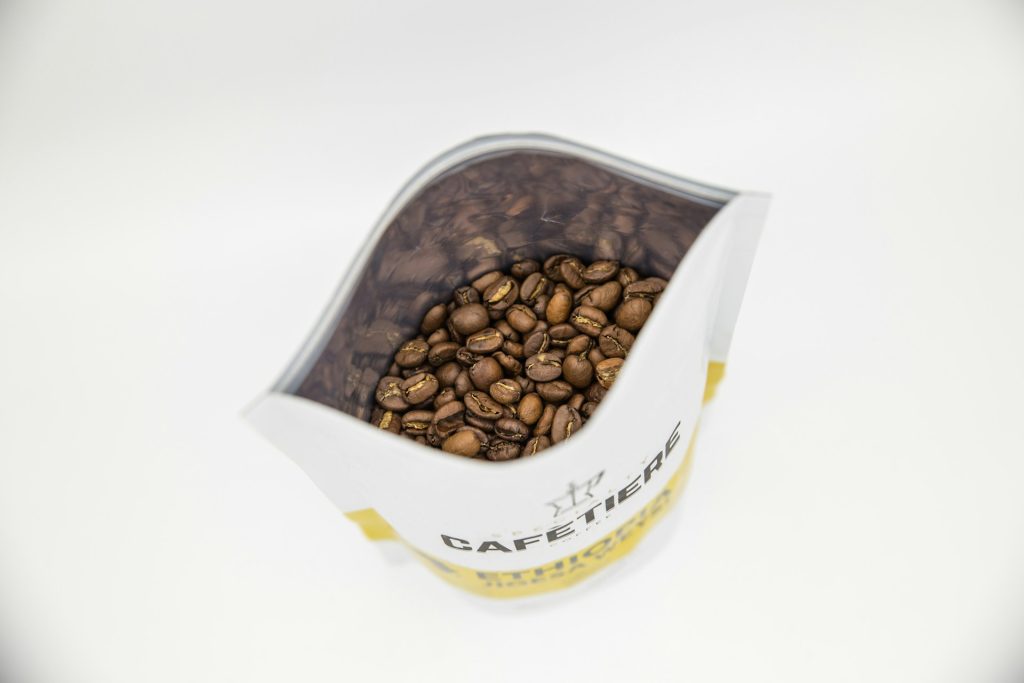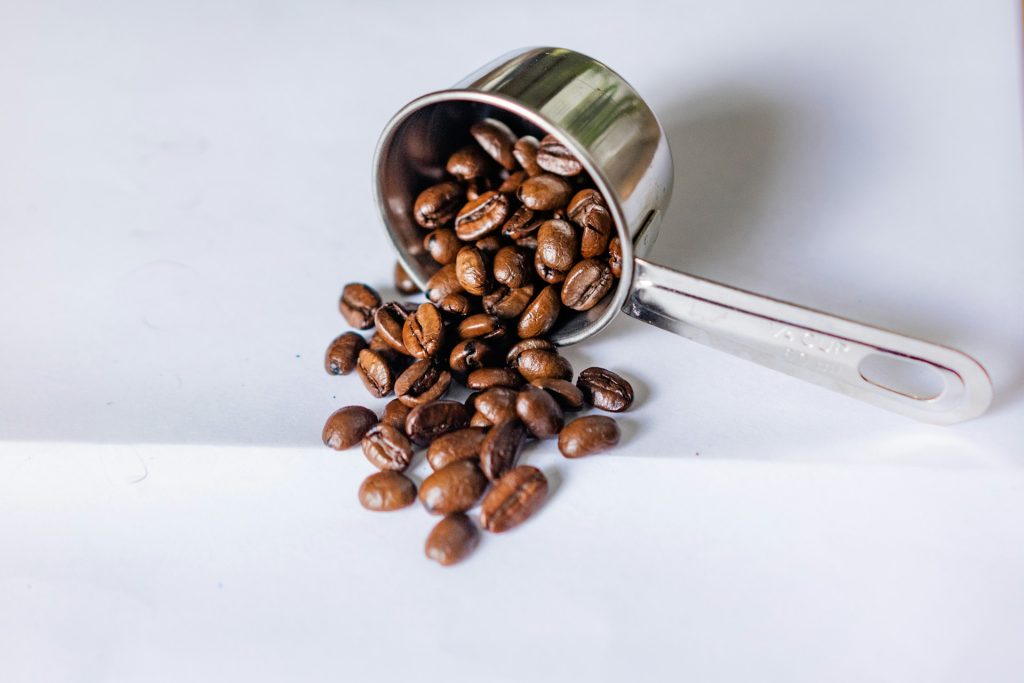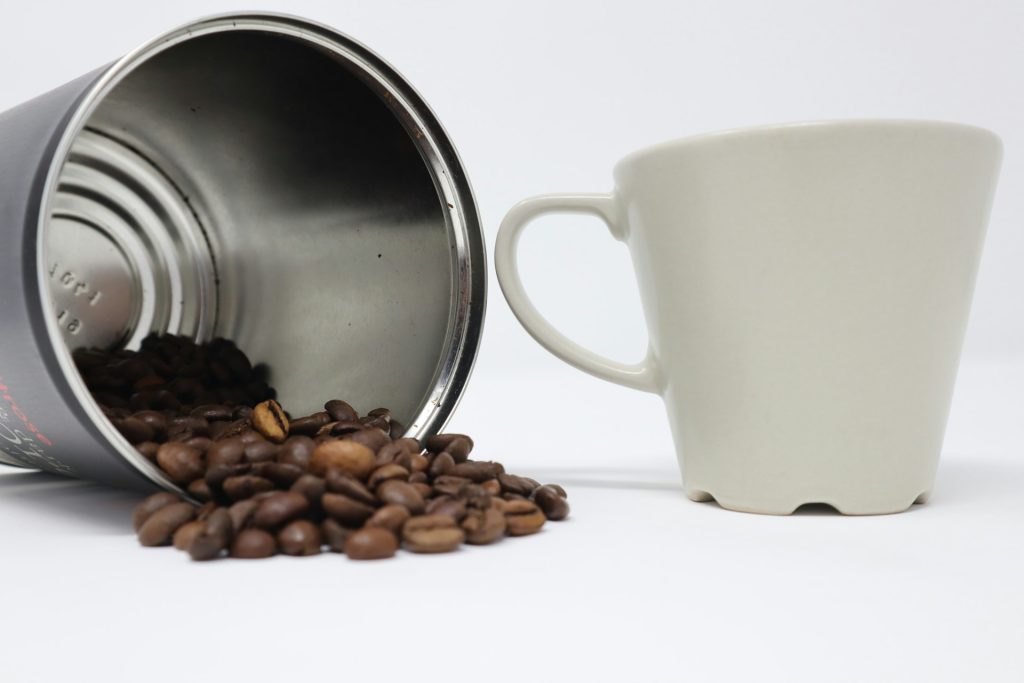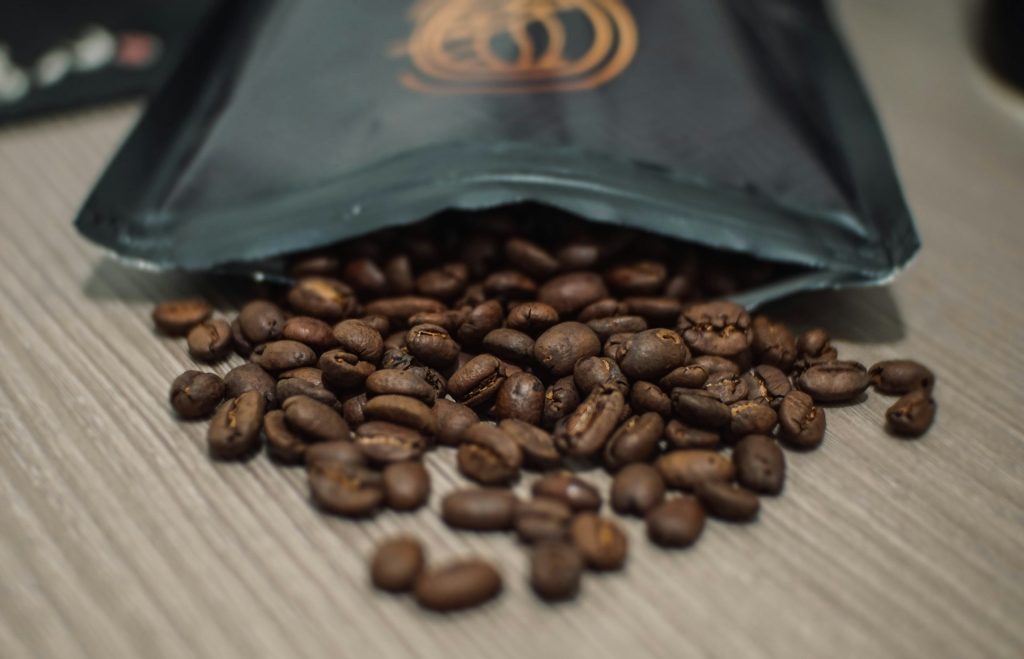Table of Contents
Ever noticed how your coffee tastes different depending on the weather outside? Whether it’s the warmth of a cozy cup in winter or the refreshing chill of iced coffee in summer, the weather plays a bigger role in how we experience coffee than most people realize. Let’s dive into why your daily cup of joe might taste completely different depending on whether you’re sipping it in the scorching heat or on a chilly morning.
How Hot and Cold Days Affect Your Brew

It’s no secret that the temperature outside has a significant effect on how we perceive flavors. When it’s cold outside, we’re more likely to crave a hot cup of coffee—something warm to help us feel cozy. But what happens to the taste of that coffee when the temperature dips?
When the weather is chilly, we tend to drink our coffee hotter, which makes the flavors more intense. Heat can enhance the aroma, making your coffee feel richer and fuller. Ever wondered why your coffee tastes smoother when it’s cold outside? That’s because the cold weather dulls your taste buds just a little, which can make your brew feel smoother or less bitter.
On the flip side, when the sun is blazing and the temperature rises, we’re more likely to reach for an iced coffee or a cold brew. The thing is, the colder temperature in your drink tends to mute certain flavors—especially the bitter ones. Iced coffee tends to have a smoother, milder taste that’s more refreshing in warmer weather, which is perfect for a summer day.
Your coffee experience completely changes based on whether it’s hot or cold outside. You might find yourself savoring the deeper, more robust notes of a dark roast in winter, but leaning towards a light, chilled brew when the sun’s out.
Why Coffee Beans React to Humidity

When it’s humid outside, your coffee beans behave quite differently. You might not realize it, but the amount of moisture in the air can affect the freshness and overall flavor of your coffee. On dry, sunny days, coffee beans stay fresh longer, and you get a more consistent brew. But as soon as that humidity rolls in, it changes the game.
Humidity can cause coffee beans to absorb moisture from the air, which alters the chemical reactions that happen during brewing. The result? A brew that’s less fresh and slightly more diluted. So, on humid days, you might notice that your coffee tastes a little flatter, or the flavors don’t shine through as they usually do. This can especially affect beans that have been sitting on the shelf for a while. The moisture from the air can also make it harder for your beans to grind evenly, resulting in an uneven extraction.
That’s why many coffee enthusiasts recommend storing your beans in an airtight container and keeping them away from humid environments. The quality of the beans will stay intact, and your coffee will taste just as fresh no matter the weather outside.
How Weather Impacts Extraction

Here’s where it gets really interesting: the temperature of your surroundings also affects how your coffee is brewed. Brewing coffee is all about the extraction process—how the hot water interacts with the ground coffee to pull out all those delicious flavors. When the weather changes, so does the brewing process.
When it’s colder outside, it can take a little longer for the hot water to extract all the flavors from the coffee grounds. This is why you might need to adjust your brewing time or water temperature in colder weather. For instance, a pour-over method may require a hotter water temperature in winter to achieve the right extraction, while the same method in warmer weather might need slightly cooler water to avoid over-extraction.
Conversely, in hotter weather, your coffee may be extracted more quickly. This is because the higher ambient temperatures can speed up the brewing process, meaning your coffee might taste a bit more intense or even bitter if you don’t make the right adjustments. Cold brew coffee, with its slow and low-temperature steeping process, tends to fare better in hot weather, as it brings out the coffee’s sweeter, more mellow flavors without the bitterness that hot brewing can sometimes cause.
So, if you’ve ever wondered why your cup tastes a little off depending on the weather, chances are it’s due to how temperature affects the brewing and extraction process.
How Weather Changes Our Coffee Preferences
Isn’t it funny how we all shift our coffee preferences with the seasons? When the first cold front hits, it’s like a collective switch gets flipped, and suddenly we’re all craving a hot, comforting latte. On the other hand, when the temperatures soar, we’re all about the iced coffee or cold brew.
In colder months, we gravitate toward rich, warming drinks like cappuccinos, mochas, and spiced lattes. The heat of these drinks, combined with their rich textures, make them feel like a comforting ritual. There’s something about sipping a hot cup of coffee on a cold morning that just feels right. The weather makes these beverages more appealing, enhancing the cozy factor. You can practically taste the warmth in every sip.
As the seasons change and the weather warms up, coffee rituals take on a whole new vibe. Ice cubes, cold brew, and refreshing iced lattes become the go-to drinks. During summer, iced coffee is not only a treat but a necessity. It’s an entirely different experience from drinking your coffee hot, and it’s one that feels more suited to the laid-back, sunny atmosphere.
As coffee drinkers, we embrace these seasonal shifts, adjusting our coffee preferences to suit the weather. Whether it’s indulging in a hot cup of pumpkin spice in the fall or sipping an iced mocha in the heat of summer, the weather influences more than just our mood—it also shapes our coffee habits.
The Relationship Between Your Mood, the Weather, and Coffee Taste

It turns out that your mood, combined with the weather, plays a huge role in how you perceive the taste of your coffee. When it’s cold and rainy outside, there’s something about the ambiance that makes a steaming cup of coffee feel extra satisfying. The cozy, calm vibe of a gloomy day enhances your coffee’s flavor, making it seem richer, more indulgent.
On sunny days, your mood shifts. You’re energized, and coffee tastes a little more refreshing. You may find that lighter roasts and iced drinks seem to hit the spot more when the sun is shining. The psychological connection between weather and mood is undeniable, and it has a direct impact on how we taste and appreciate our coffee.
If you’re ever sipping a cup on a rainy afternoon and think, “This coffee has never tasted so good,” you’re not imagining things. The weather has a way of making our coffee taste more flavorful. On a bright, sunny day, your coffee might feel like a burst of energy—on rainy days, it’s the warmth and comfort you need. Your environment truly transforms how you experience your cup of joe.
The Weather and Your Coffee Experience
So, the next time you brew a cup of coffee, think about the weather outside. It might be influencing your coffee more than you realize. Whether it’s the temperature affecting the extraction process or the humidity impacting the freshness of your beans, weather plays a crucial role in shaping how your coffee tastes.

I’m Audrey, a dedicated mother of teenagers with an insatiable love for coffee. On BeanBrewLove.com, I intertwine my need for caffeine with reflections on life. Whether expressing a nostalgic sentiment or injecting a hint of sarcasm, my blog is a reservoir of coffee culture, brewing techniques, and global coffee reviews.




